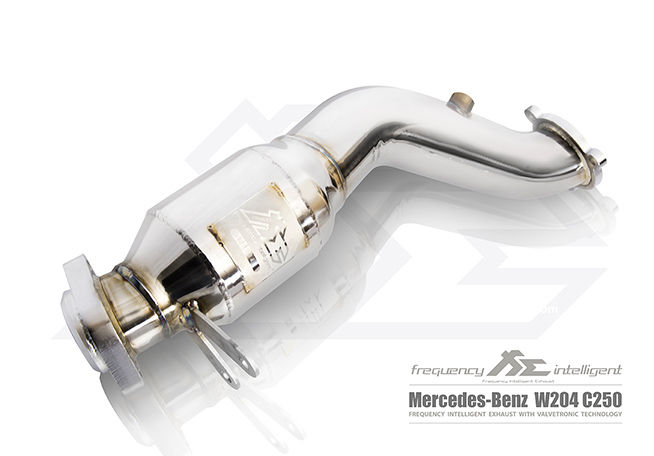On a turbocharged vehicle, a downpipe is a part of the exhaust system that connects the turbo exit to the catalytic converter. While it’s generally accepted that installing a downpipe will add “just” 10 to 20 horsepower, that gain is noticeable anytime the turbo is engaged. It adds up to a big increase in performance.
Technically, the downpipe section of an exhaust system connects the headers or exhaust manifold to the catalytic converter(s). For most vehicles, the downpipe section is essentially incorporated with the catalytic converter section, and since there’s very little performance or fuel economy benefit to replacing a modern catalytic converter (they’re just not that restrictive), most vehicle downpipes are never given much thought.
However, on a vehicle equipped with a turbocharger, an after-market downpipe can offer a significant improvement in performance. Because a turbocharger is essentially a pump, it’s important for the pipes entering and exiting the turbo to have unrestricted airflow. On many turbocharged vehicles, the exhaust pipes coming in and out of the turbo contain numerous bends. If these pipes are bent using a cheap, crush bending process (a common situation for many vehicles), they can restrict exhaust gas flow in and/or out of the turbo.
By reducing exhaust gas restrictions, the turbocharger can spool up more quickly. Faster spool-up times mean more power and/or better fuel economy. As a result, many after-market exhaust manufacturers offer over-sized exhaust downpipes with mandrel bends.Features:
Increases fuel economy
Improve performance
top of page
$3,000.00Price
bottom of page


